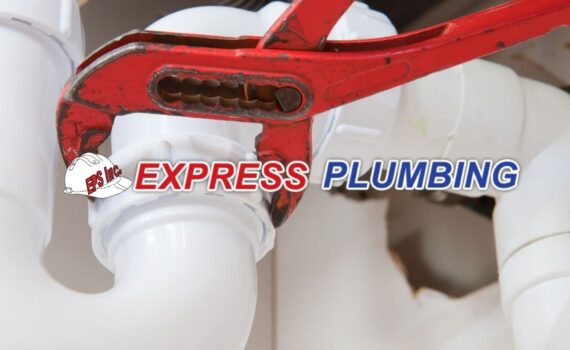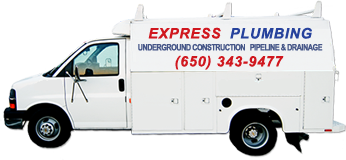
How do I fix a clogged drain?
Here are some steps you can take to fix a clogged drain:
Use a Plunger
Start by using a plunger to create suction and dislodge the clog. Ensure there is enough water in the sink, tub, or toilet to cover the plunger. Place the plunger over the drain and vigorously push and pull to create suction. Repeat several times until the clog is cleared.
Remove Visible Debris
If the clog is caused by visible debris near the drain opening, such as hair or food particles, you can try removing it manually. Use a pair of gloves or long tweezers to reach in and pull out the debris. Be careful not to push the debris further into the drain.
Use a drain snake
A drain snake or auger is a flexible tool that can be inserted into the drain to break up or remove the clog. Insert the snake into the drain and turn the handle clockwise to push it further. Once you feel resistance, rotate the snake back and forth to break up the clog. Continue doing this until the clog is cleared.
Chemical drain cleaner
Chemical drain cleaners can dissolve or break up certain types of clogs. Follow the instructions on the product carefully, as they can be toxic and should be handled with care. Avoid using chemical cleaners if you have a septic system or if the clog is in a toilet, they can cause damage.
Natural Drain Cleaner
Use a mixture of baking soda and vinegar: If you prefer a natural solution, you can try using a mixture of baking soda and vinegar. Pour half a cup of baking soda into the drain, followed by half a cup of vinegar. Let the mixture sit for about 30 minutes, then flush it with hot water.
If these methods don’t solve the problem or if you’re dealing with a stubborn or recurring clog, it’s best to contact a plumber. Our team at Express Plumbing specializes in fixing a clogged drain fast. We’re well equipped and experienced to handle any size drain clog. We can fix your clogged drain quickly. Contact us today.


















